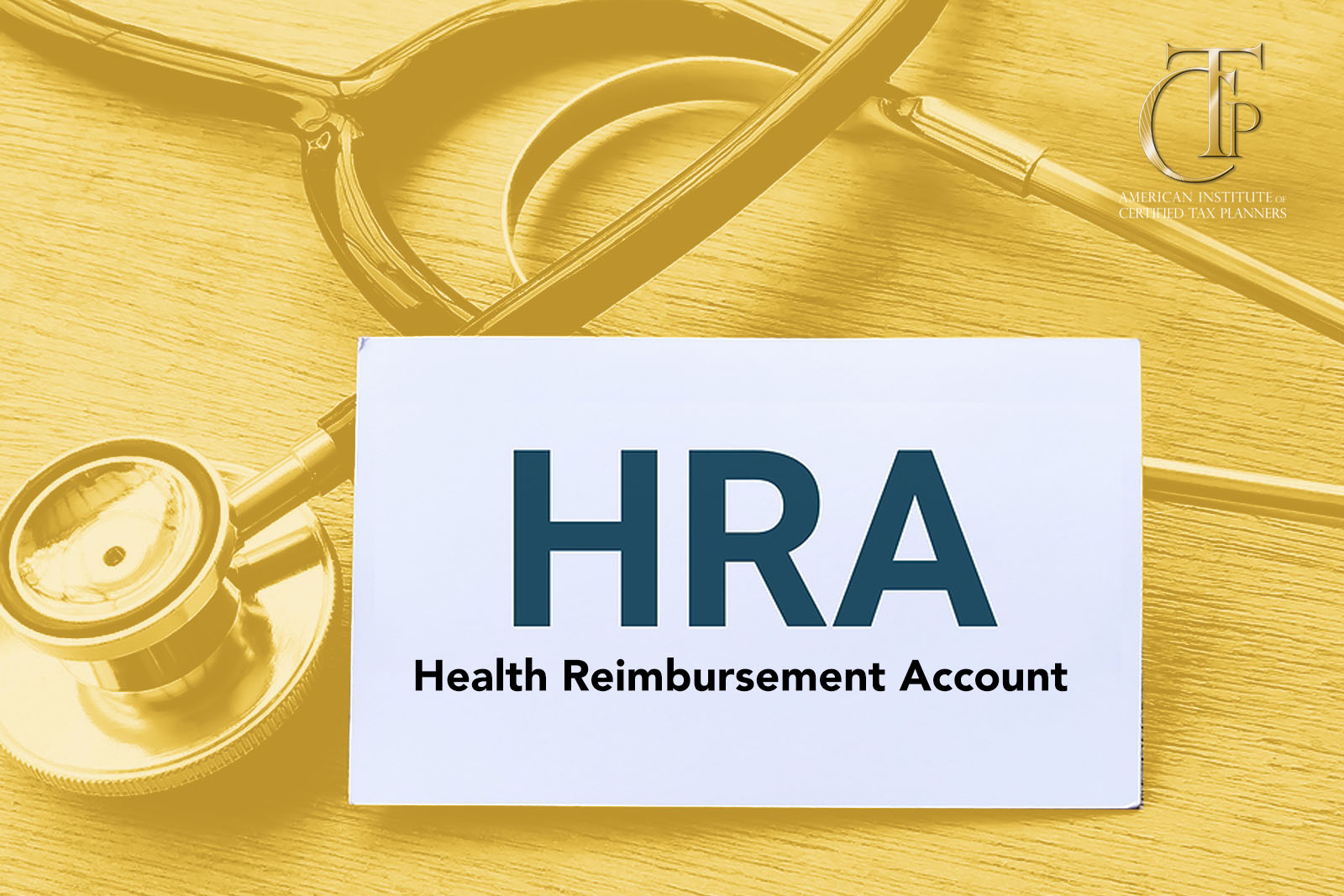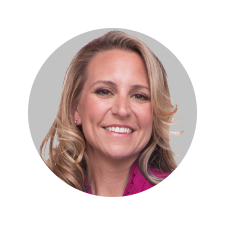Medical expenses can become a financial burden the further along you get in years. AARP estimates that if you are in your fifties today, you can expect to spend around $500,000 in qualified medical expenses out-of-pocket once you retire. Taxpayers have three choices when planning for the future:
- Set aside cash for a rainy day. As you earn each paycheck, you set money aside for future medical expenses. The downside is that you are paying regular income tax on these funds.
- Withdraw money from your retirement account for medical expenses. Again, the downside is you are still paying tax on those funds, lowering the total available.
- Use a tax-advantaged health savings tool that allows you to save money tax-free and earmark that money specifically for medical expenses.
Option #3 can give you the most total funding—and help you sidestep taxes—if you have access to a tax-free account. One of the most beneficial, and largely underutilized, is the 401(h) Retiree Health Account. Read on to learn more about the advantages of this health savings tool.
Why use a 401(h) plan?
When it comes to retirement planning, you always want to have an eye on the future and a plan for how to withdraw funds in a tax-free way. You want to think through what your future tax bracket is likely to be and how that will affect the tax rate for your retirement account withdrawals. This is where a 401(h) account brings great value because you can secure both tax-free earnings and tax-free withdrawals.
The 401(h) must be sponsored by your employer. Depending on the terms of the plan, the account may be able to receive both employer and employee contributions. 401(h) plans are designed to be combined with other qualified retirement accounts, such as a cash balance plan. With a 401(h), you can put in much more funds than you could with an HSA. As long as those withdrawals are qualified—meaning you have sufficient medical expenses to equal the amount of the withdrawals—this is going to be a tax-free distribution. The funds in the 401(h) account will also be tax-deferred while the account is generating earnings there.
Relying on 401(h) tax-free retirement funds means your modified adjusted gross income (MAGI) doesn’t go up. When you have to take required minimum distributions for your regular retirement accounts, this can help guard you from facing a higher tax rate. A lower MAGI also means that less of your Social Security benefits will be taxable.
Another benefit is that a 401(h) plan can also be used to cover dependents including a spouse, children, or aging parents. This means the funds could be used toward major expenses like nursing home services for a parent. Additionally, if the owner of a 401(h) passes away and leaves behind unused funds, these can be inherited by the beneficiaries of the estate and used tax-free for the beneficiary’s medical expenses. Finally, under the Employee Retirement Income Security Act (ERISA) rules, these funds tend to be creditor proof, meaning these funds cannot be seized if there is a judgment against you.
What are the limits to using a 401(h) Plan?
Like most benefit plans, rules are in place regarding how much an employer can contribute to a 401(h) account. However, these contributions do become tax-deductible for the employer. Currently, the limit is up to 25% of the amount the employer is contributing for retirement. So if an employer also has a defined benefit plan in place and they are contributing six figures over the tenure of an employee, that 25% can be fairly substantial depending on the age of the participant and how long until they’re planning to retire.
The rules also state that if an employer did not contribute to the employee’s 401(h) every year and have not reached the 25% limit, then those benefits carry over, and the employer can make up those contributions in the future. This makes for a great tax planning strategy. For the business owner, contributing to a 401(h) can provide a significant deduction when it comes time to sell the business, and you are looking to reduce that capital gains tax.
Another restriction is that since a 401(h) is an employee benefit plan, the employer cannot discriminate in favor of highly-compensated employees. Employers should note that there is also no vesting period for the 401(h)—the funds are available as long as the employee has reached the minimum age, which is currently set at 59 ½ years old.
On the employee-side, since a 401(h) is separately funded and managed, you are not permitted to take money from another retirement fund and reallocate it to a 401(h) account.
Summary
A 401(h) can provide significant benefits for eligible taxpayers. In addition to helping taxpayers set money aside for future medical expenses, this retiree medical account provides tax-free earnings growth, tax-free withdrawals, lower taxable income for the account holder, and tax deduction opportunities for the employer. Though 401(h) plans can be more expensive for employers than say the health savings account (HSA), the benefits can make this a worthwhile investment for businesses and employees alike.
To learn more about tax savings vessels that can help you in retirement, reach out to a Certified Tax Planner today.





